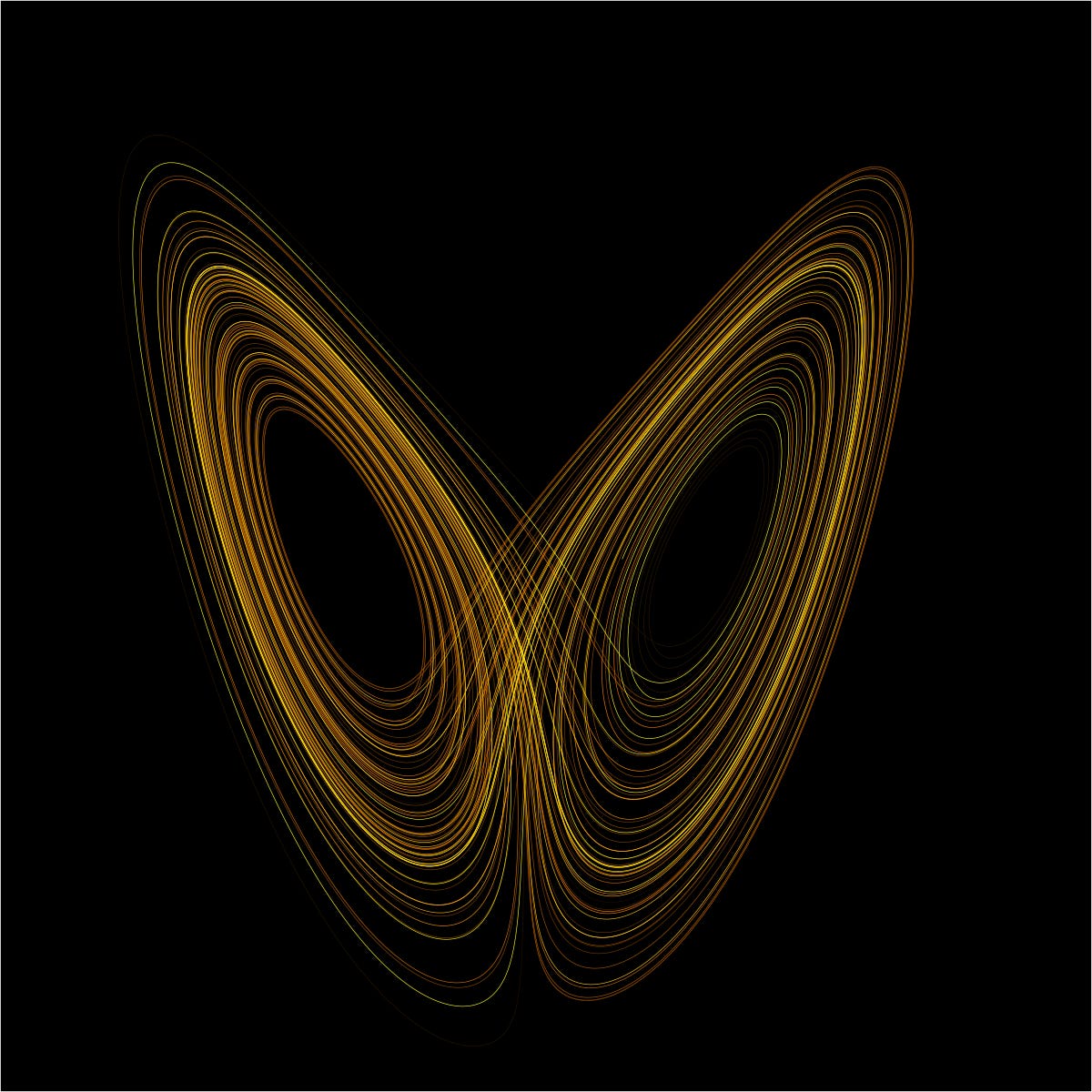In past week three things inspired me:
Quote
“The complicated behavior of the world we see around us, even the living world is merely surface complexity arising out of deep simplicity.” ~ Richard Feynman

Idea
Chaos theory is the idea that some systems, even when they follow simple rules, can act in very complex and unpredictable ways. This happens because small changes at the start, like a tiny difference in weather can lead to huge changes later. This is called the "butterfly effect." These systems are nonlinear, which means their parts affect each other in complicated ways, often through feedback loops. Even though their behavior looks random, there is still hidden order, and we can sometimes see patterns like fractals. Fractals are shapes that repeat in smaller and smaller parts. Chaos theory helps us understand things like weather, traffic, the stock market, and how animals grow or populations change, showing how order and chaos can exist together.

Book
John Gribbin’s Deep Simplicity: Chaos, Complexity and the Emergence of Life is a thought-provoking read that spans around 272 pages and is divided into seven chapters. Throughout the book, John unpacks big scientific ideas like chaos theory, fractals, and self-organization, showing how surprisingly simple rules can lead to incredibly complex behavior in nature. He explained evolution of Chaos theory from grounds of Classical Newtonian Physics to Modern Quantum Physics.
What makes the book so engaging is the way John makes sense of systems that seem completely random, like weather or stock markets have underlying patterns and rules behind them. One of the key concepts he explores is how tiny changes in starting conditions can lead to dramatically different outcomes, which is a core principle of chaos theory known by name as Butterfly Effect. This effect was discovered by mathematician and meteorologist Edward Lorenz.
He also introduces fractals as those endlessly repeating patterns you see in everything from snowflakes to coastlines as a visual way to understand how complexity can emerge from simplicity.
John doesn’t stop there. He dives into the idea of self-organization, where order arises naturally without any outside control. From the behavior of ants to the formation of galaxies, he explains how complex structures can build themselves through feedback and interaction. Rather than seeing nature as a perfectly ordered machine, he paints it as a dynamic, evolving web of connections. The book is both accessible and eye-opening, making complex science feel surprisingly intuitive and deeply relevant to how we understand the world around us.
If you found it helpful, feel free to share it. Have a great week ahead!



